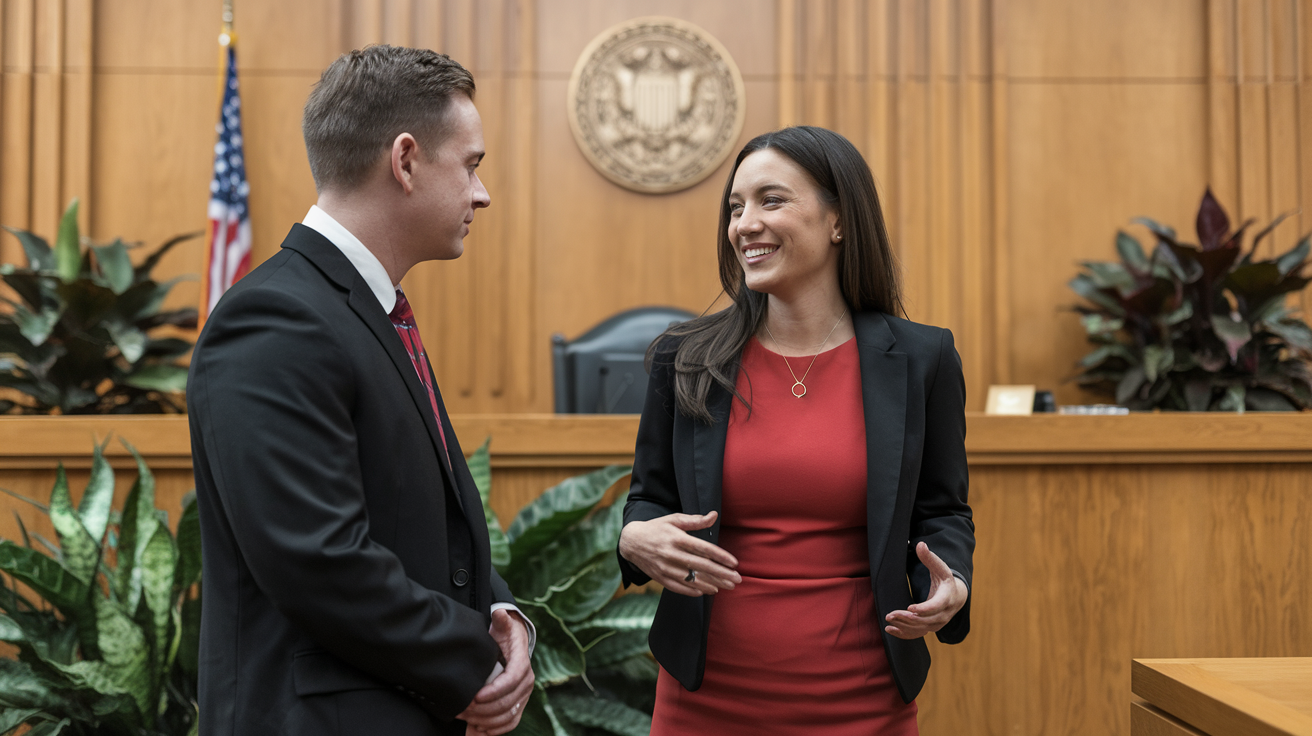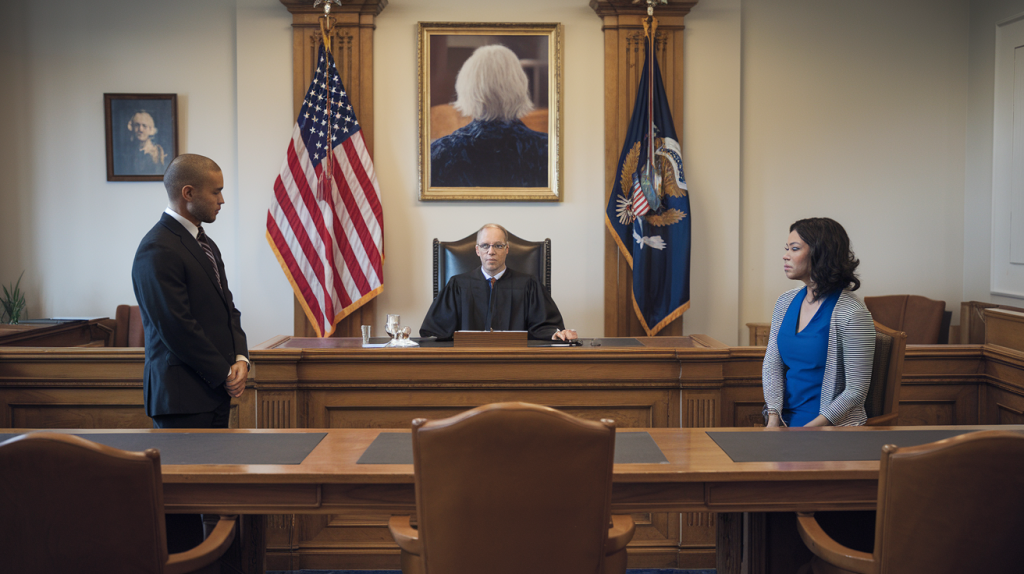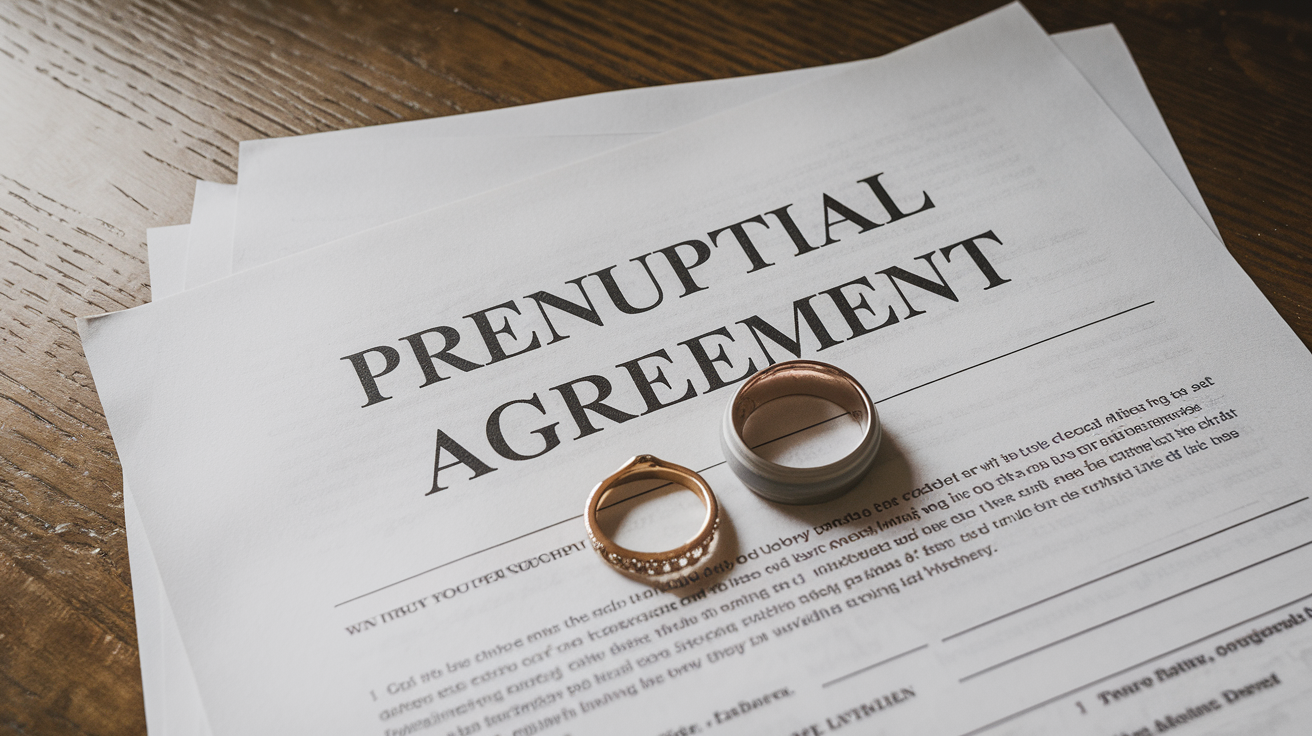Going through a divorce is hard enough without the process dragging on forever. Moving forward with your life and waiting months or years for paperwork can feel overwhelming.
This guide will walk you through the key things you can do right now to avoid common delays.
If you’re just starting the process or feeling stuck partway through, this information will help you take control and work toward a quicker resolution.
Let’s look at how to make this challenging time a bit easier to handle.
Steps Involved in a Divorce Process
- File a Petition: Start by submitting divorce papers to your local court. If you’re the one filing, you’re the petitioner. Your spouse becomes the respondent. Make sure to fill out all forms correctly the first time to avoid delays.
- Serve Your Spouse: Your spouse needs to receive official copies of the divorce papers. You can use a process server or certified mail. Keep proof of service – you’ll need it for court. Getting this done quickly helps move things along.
- Wait for a Response: Your spouse has 30 days to respond to the petition. They can agree to your terms (uncontested) or dispute them (contested). If they don’t respond, you might be able to proceed with a default judgment.
- Share Financial Information: Both of you must provide complete details about your income, debts, and assets. Being organized and honest here saves time. Gather your tax returns, bank statements, and property documents early.
- Negotiate Terms: Work out agreements about property division, support, and custody arrangements if you have children. Having these discussions early, possibly with a mediator, can significantly speed up your case.
- Attend Court Hearings: The judge needs to review and approve your agreements. If you’ve already settled everything, you might only need one hearing. Contested issues mean more court dates, so try to resolve disputes beforehand.
- Get Final Judgment: Once the judge approves everything, they sign the final divorce decree. Keep copies of this document – you’ll need it to update your legal status, name changes, and other post-divorce matters.
Duration of a Divorce Process

The duration of your divorce depends on factors like mutual agreement and state requirements. Simple divorces, where both spouses agree, typically take 3-6 months, while disagreements over finances or children may extend the process to 9-12 months or more.
Additionally, state-imposed waiting periods of 30-90 days and living in different states can add extra time. Opting for mediation and willingness to compromise usually leads to a quicker resolution compared to lengthy court battles.
Remember that gathering financial documents, serving papers, and scheduling court dates all take time. Being organized and responding quickly to requests helps speed things up considerably.
Effective Ways to Speed Up Your Divorce

Here are some tips to fasten your divorce process and save you both time and money:
Get Organized Early
Keep all your documents in order from day one. Make copies of tax returns, bank statements, property deeds, and pay stubs.
When your lawyer or the court needs something, you can provide it right away instead of scrambling to find papers.
Choose the Right Process
Look at mediation or collaborative divorce if you and your spouse can talk reasonably. These options typically move faster than fighting it out in court.
Some couples finish mediation in weeks instead of months.
Respond Quickly
Answer all court requests and paperwork right away. When you get documents to sign or review, handle them promptly.
Quick responses keep your case moving forward and show the court you’re serious about moving things along.
Be Clear About What You Want
Make a list of your priorities for property, support, and, if needed, child custody. Know what matters most to you and where you’re willing to bend.
Having clear goals helps avoid time-wasting back-and-forth negotiations.
Keep Communication Open
Stay in touch with your lawyer and respond to messages promptly. If your spouse’s lawyer sends questions or requests, answer them quickly.
Good communication prevents delays caused by misunderstandings or missing information.
Consider an Uncontested Divorce
If possible, work with your spouse to agree on major issues before filing.
When you both agree on terms upfront, you can file for an uncontested divorce, which typically moves much faster than a contested one.
Have Realistic Expectations
Focus on reaching fair agreements rather than fighting over every small detail.
Couples who stay reasonable and flexible usually finish their divorces much faster than those who battle over everything.
Types of Divorce Processes
Uncontested Divorce: The fastest and cheapest option. You and your spouse agree on everything – from property division to child custody. You file paperwork together and usually only need one court visit. Most cases finish in 3-6 months.
Mediated Divorce: A neutral third party helps you and your spouse reach agreements. You control the decisions, not a judge. Usually takes 4-8 months. Costs less than fighting in court and keeps things private.
Collaborative Divorce: Each spouse has a lawyer, but everyone agrees to settle without court battles. You work with financial experts and counselors to find solutions. Typically, it takes 6-12 months but saves money compared to litigation.
Default Divorce: This happens when your spouse doesn’t respond to divorce papers. After the response deadline passes, you can ask the court to grant the divorce based on your terms.
Contested Divorce: The longest type – used when spouses can’t agree on major issues. Involves court hearings, maybe a trial. It can take one to two years or more. Most expensive option due to legal fees.
Summary Divorce: Available in some states for short marriages with no children and few assets. Simplified paperwork makes this the quickest option – sometimes just 2-3 months.
No-Fault Divorce: Neither spouse blames the other for the marriage ending. Just state that you can’t get along anymore. Available in all states and usually moves faster than fault-based divorces.
Benefits of Choosing an Uncontested Divorce

Here’s a list of benefits that you should know about before choosing an uncontested divorce:
- Faster Resolution: Most uncontested divorces finish in 3-6 months, while contested ones can drag on for years.
- Less Stress: Skip the tension of court battles and lengthy negotiations. Work together to settle things calmly.
- More Privacy: Keep your personal matters private. Court records show minimal details since you’re filing agreed-upon terms.
- Better Co-Parenting: Start working together now, which helps set a positive tone for future parenting cooperation if you have kids.
- Control Over Decisions: Make your own choices about property, money, and parenting instead of letting a judge decide.
- Simpler Paperwork: Handle fewer forms and legal documents since you’re both in agreement.
- Flexible Scheduling: Work at your own pace to file papers and complete requirements rather than following strict court dates.
- Easier Emotional: Recovery Moving forward is simpler when you avoid the bitterness of a court fight.
Common Mistakes to Avoid While Speeding Up Divorce
Several common mistakes can slow down your divorce process significantly. These include skipping your state’s required waiting period, failing to respond promptly to court notices, and refusing or delaying providing requested documents.
Missing scheduled mediation sessions or being unreachable for important, time-sensitive decisions can also extend your timeline. Additionally, delaying signing paperwork or not carefully reviewing documents before signing can create unnecessary complications.
Changing lawyers midway through your divorce or not showing up to court dates on time can further lengthen the process and add frustration.
Avoiding these pitfalls helps ensure a smoother, more efficient divorce.
Conclusion
Getting through your divorce faster is possible when you take the right steps.
Remember, staying organized, responding quickly to requests, and keeping communication open can make a big difference in your timeline.
If you’re feeling overwhelmed, focus on what you can control.
Start by gathering your documents and thinking about what matters most to you in the settlement. Consider talking with your spouse about mediation or an uncontested divorce – these options could save you both time and stress.
Take it one step at a time, and don’t hesitate to ask for help when you need it. Your fresh start is closer than you think.
Frequently Asked Questions
What’s the Quickest Divorce You Can Get?
A summary divorce in some states can be completed in as little as 2 months if you have a short marriage, no kids, and few assets to split up.
Is One-Sided Divorce Possible?
Yes, you can get a divorce even if your spouse doesn’t agree. It’s called a default divorce, where the court can proceed after your spouse ignores the divorce papers.
Who Loses the Most in Divorce?
Both partners can face challenges, but fighting lengthy court battles causes everyone to lose time, money, and peace of mind. Working together leads to better outcomes.








